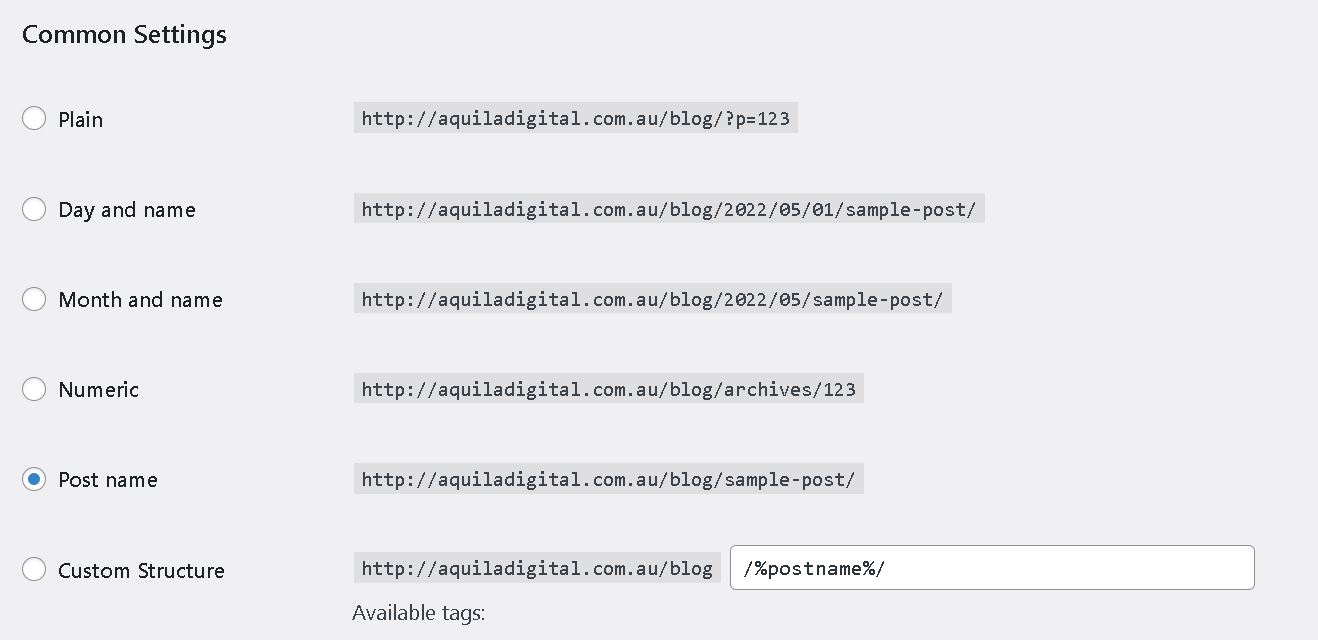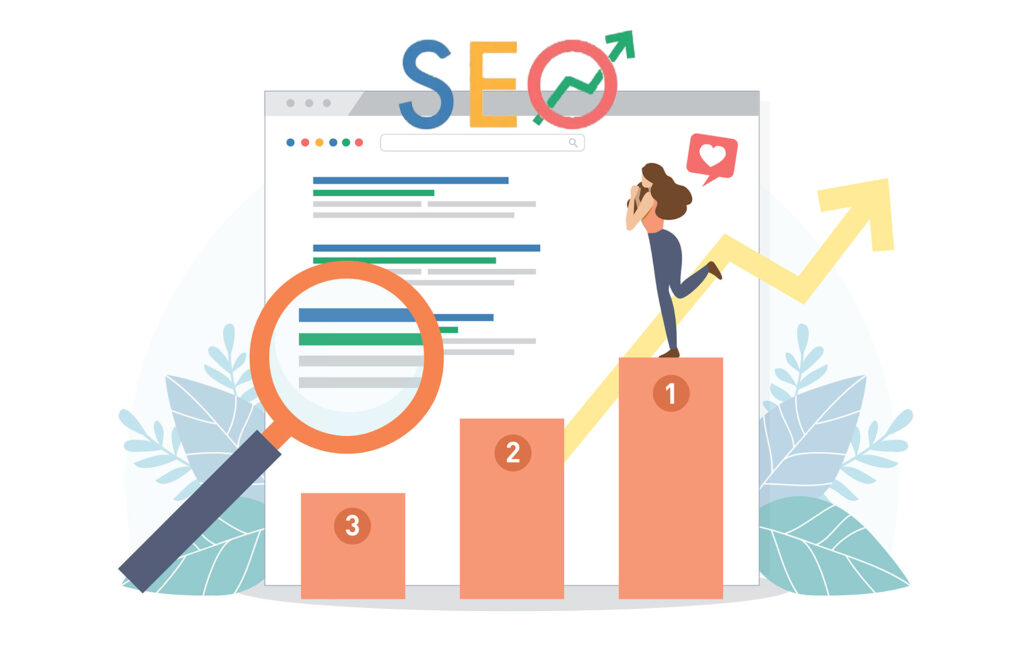Search Engine Optimisation (SEO) is the process of improving your website to increase its visibility and making it appear first in Google, Bing and other search engines when people search for content, products or services related to your business.
Basically, the higher your rank in search engines, the more likely your business will succeed. You gain lots more visitors and attract new and existing customers to your pages.
WordPress already have everything you need to create SEO friendly content. Being the most popular Content Management System (CMS) due to its powerful features and extensions, WordPress allows you to customize URLs, add titles, headings, tags, alt tags, meta descriptions and choose from thousands of different plugins to optimise your pages. In this article, we will give you tips to improve your WordPress site experience and rank higher in search engines.
1. Use a WordPress SEO plugin
SEO is crucial for the success of a website, but it involves a lot of technical knowledge. It contains a broad field of study, including keyword research, audit checklists, sitemaps, content optimisation and insights to improve your website. Even experienced website owners can find confusing fixing brokens links, reorganising site structure and finding pages and posts with great potential.
It can become quite simple to setup SEO on your site using a decent WordPress SEO plugin. The most popular ones are Yoast SEO, AIOSEO and Rank Math SEO. They also have a setup wizard which get you going with SEO fundamentals as quick as 10 minutes after answering some basic questions.
It is important to note that SEO WordPress plugins do not guarantee that your content will rank higher in Google, but if you follow the optimisation tips given by them you end up improving your content strategy and boost engagement.
We have another post where we compared these 3 SEO WordPress giants. Make sure to check it out here.
2. Create semantic HTML (Or choose a SEO-friendly WordPress Theme)
One of the beauties of HTML5, the newest version of HTML, is its semantic tags. It enables HTML pages to be easier to read by better defining tags, and search engines loves it.
For example, the equivalent HTML5 markup to <div id=”header”>, < div id=”nav”> and <div id=”footer”> are <header>, <nav> and <footer>, respectively.
One of the reasons WordPress is so popular is that it enables anyone to create a beautiful website without writing a line of code by choosing one of the thousands WordPress themes available. So, make sure you pick a SEO Friendly Theme, which means it was developed with semantic HTML markup.
You can also create your own layout with a drag and drop page builder such as Elementor, Divi and WordPress native Gutenberg. If you are using a page builder, it’s a good idea to familiarise yourself with the basics of HTML so you can choose appropriate tags and headings for each section of your site.
3. Page speed – WP Rocket
Fact: People hate slow websites. So please, get it once and for all: page speed is ESSENTIAL. The faster your site loads, the better your customer satisfaction and the higher your conversion rates. Simples as that.
A ccording to Google, the probability of bounce increases 32% as page load went from 1 to 3 seconds, 90% to 5 seconds and 123% to 10 seconds. Not only users dislike slow websites, but a very slow page can be a negative ranking factor for search engines. The ideal website should only take 1 to 2 seconds to load.
In short, your website must load as quick as possible!
One of the ways to have a fast website is by choosing a decent web hosting plan. Low-cost/Cheap shared hosting often provides insufficient resources for your website to run optimally. Siteground and hostinger are 2 great options for you to explore.
There are also several caching and optimisation WordPress plugins that help your website to load fast. A caching plugin will basically create a static version of your website and store in the browser cache, so users don’t have to download your page resources each time and your site will load much faster. We use and recommend WPRocket, the best caching premium plugin available for WordPress. Make sure to check it out.
4. Make sure your site is visible
WordPress has an option to discourage search engines from indexing your site and make it invisible on their search list. It is tipically used while the website is still being built and you don’t want anybody else to see a page that is still under construction.
If your website is ready, up and running, ensure to disable this op
tion from your WordPress dashboard under Settings > Reading.

5. Enable SEO friendly permalinks
By default, WordPress urls are tipically something similar to https://domain.com/?p=123, which can be quite intimidating for both visitors and search engines, since there’s no way to identify what this page is about by looking at the link.
The good news is that you have several options to personalise your urls at Settings > Permalinks. The best option for majority of sites is “post names” for your WordPress URLs.

6. Get a SSL Certificate
It’s a well known fact that search engines favours HTTPS over HTTP websites and having a SSL certificate is key. It gives you website an extra layer of protection and most decent hosting providers will include it for free on their plans.
You only need to activate your SSL certificate by forcing to HTTPS on your CPANEL or client area of your hosting account. You can also do it by installing a WordPress plugin such as Really Simple SSL, and within a few clicks you will have it installed on your site.
Other things to consider:
- Conduct a Keyword Research
- Check for broken Links
- Optmise Images.






